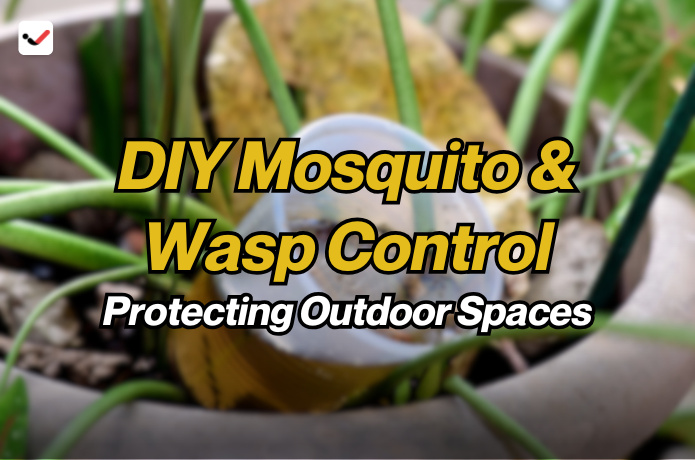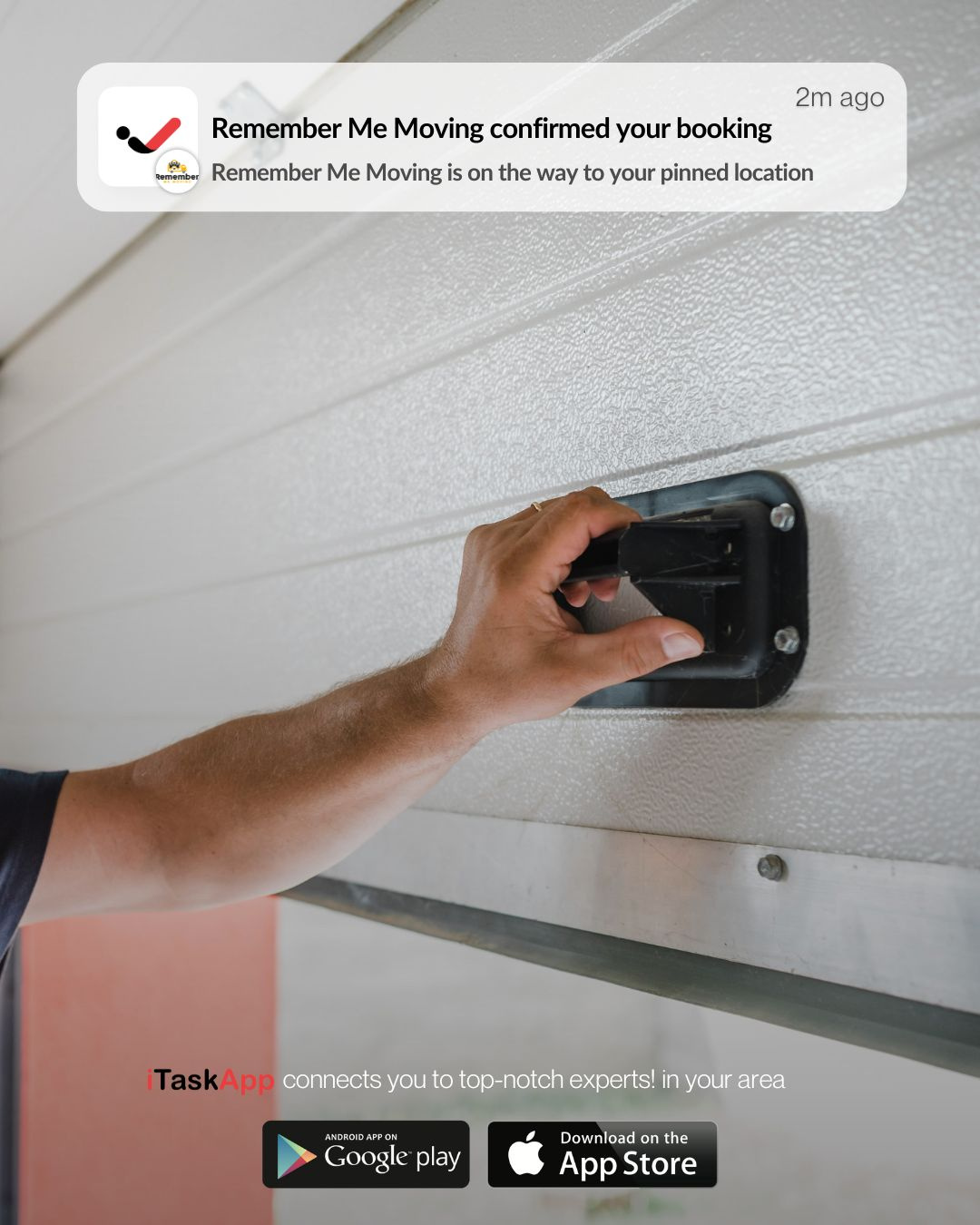==
DIY Mosquito & Wasp Control: Protecting Outdoor Spaces

Spending time outdoors is one of the best parts of warm weather. Whether it’s grilling in the backyard, hosting friends, or just relaxing on the porch, we want our outdoor spaces to feel safe and comfortable. But when mosquitoes and wasps show up, they quickly ruin the fun. These pests are more than just annoying. Mosquitoes can carry harmful diseases, and wasps can sting, especially if they feel threatened or are disturbed near their nests.
Instead of relying on expensive services or harsh chemicals, many homeowners are turning to simple and effective DIY mosquito control and wasp control methods. With a few smart steps, you can protect your yard and patio, reduce pest activity, and make your outdoor space a more enjoyable place to be. This guide will show you how to do it with everyday items, natural repellents, and a little effort.
Eliminate Standing Water
The first step in mosquito prevention is getting rid of standing water. Mosquitoes lay their eggs in water, and even small puddles can turn into breeding spots. Walk through your yard and check for clogged gutters, birdbaths, flower pot trays, and old buckets. Empty or refresh them often. Keep pool covers tight and clean. If you have a pond, consider adding a water feature like a small fountain to keep the water moving, which stops mosquito larvae from thriving.
For places that can’t be emptied, use mosquito dunks. These small tablets contain bacteria that kill mosquito larvae but are safe for people, pets, and wildlife. It's an easy solution for problem spots like rain barrels or water features.
Use Natural Mosquito Repellents
Instead of using chemical sprays, try natural mosquito repellents that work just as well. Essential oils like citronella, lavender, eucalyptus, and peppermint help keep mosquitoes away. You can mix a few drops with water and witch hazel in a spray bottle and apply it to your skin or clothing. You can also spray it around your patio furniture, doors, and windows.
Planting mosquito-repelling plants around your yard also helps. Consider adding basil, marigolds, rosemary, lemongrass, or catnip to your garden. Not only do they keep mosquitoes away, but they also add beauty and fragrance to your space. For extra protection, place pots of these plants near outdoor seating areas.
Block Mosquito Entry Points
If you’re trying to enjoy a screened porch or gazebo, check that there are no tears or holes in the screens. Mosquitoes can slip through small gaps, so seal any cracks in windows, doors, or screen frames. You can also add fine mesh netting over seating areas, especially in the evening when mosquitoes are most active.
Using yellow outdoor lighting instead of regular white bulbs can also make a big difference. Mosquitoes and other insects are less attracted to yellow light, so it’s a simple switch that reduces unwanted guests at night.
Remove Wasp Nests Early
Wasp prevention starts with catching the problem early. In spring, wasp queens look for places to build nests. Look under eaves, railings, porch ceilings, and corners of sheds or garages. If you see a small paper-like structure the size of a golf ball, it’s probably a new nest. Knock it down early with a broom or spray it with a wasp-specific spray in the evening when activity is low. Be cautious and wear protective clothing if needed.
Once a nest grows large, removing it becomes more dangerous. If that happens, you may need help from a professional or use a long-range spray designed to kill wasps instantly. Always approach with caution, especially if the nest is high or hard to reach.
Use DIY Wasp Traps
You can make simple wasp traps at home with items you already have. Cut the top off a plastic soda bottle, flip it upside down, and place it back inside the bottom half like a funnel. Fill the bottom with sugar water, fruit juice, or soda. Wasps fly in but have trouble getting out. Hang or place the trap away from common seating areas to draw wasps away from people.
You can also buy traps that use attractants to lure wasps. These can be useful if you have regular wasp problems. Change the traps every week or so to keep them effective.
Use Natural Wasp Deterrents
Strong smells can confuse or repel wasps. Mix clove, lemongrass, and geranium essential oils with water and spray the solution around entry points and outdoor furniture. You can also hang brown paper bags around your patio. Wasps are territorial and may mistake the bag for a rival nest, which can trick them into staying away.
Keeping food and drinks covered is another important step. Wasps love sweet smells and sugary drinks. Clean up spills right away, seal garbage bins tightly, and avoid leaving food out too long when eating outside.
Create a Pest-Free Outdoor Routine
Consistency is key when it comes to keeping mosquitoes and wasps away. Make yard checks a regular habit, especially after rain or during warmer months. Trim bushes and grass often to reduce hiding spots. Keep your outdoor space tidy and clean.
If you’re hosting a backyard party, prep your space in advance. Light citronella candles or use mosquito-repelling coils. Place fans near seating areas, as mosquitoes are weak fliers and avoid strong air movement. For wasps, keep food indoors until it’s time to eat and have traps in place before guests arrive.
When to Call for Help
DIY pest control works well for most situations, but sometimes the problem is too big or too risky to handle alone. If you find a large wasp nest in a wall or tree, or if your mosquito issue doesn’t improve after multiple efforts, it may be time to call in a pest control service. They have tools and training to handle serious infestations safely and quickly.
Protecting your outdoor space from mosquitoes and wasps doesn’t have to be expensive or complicated. With basic tools, some planning, and natural repellents, you can reduce pest activity and enjoy your yard again. These DIY pest control methods give you more control, cost less, and avoid unnecessary chemicals.
Start simple: eliminate standing water, remove nests early, and use natural repellents and traps. A few changes can go a long way in keeping your backyard peaceful, pest-free, and safe for everyone.

